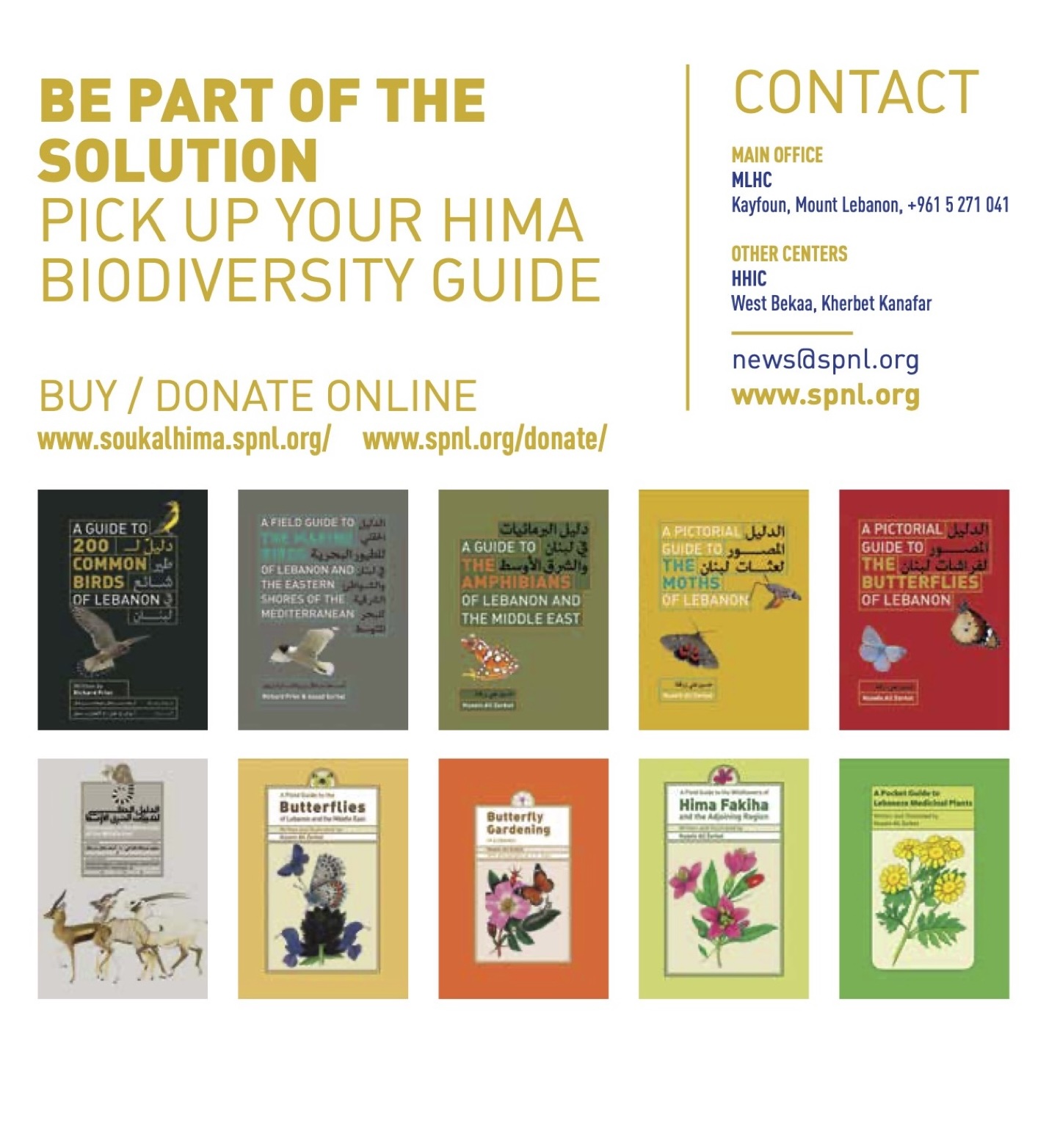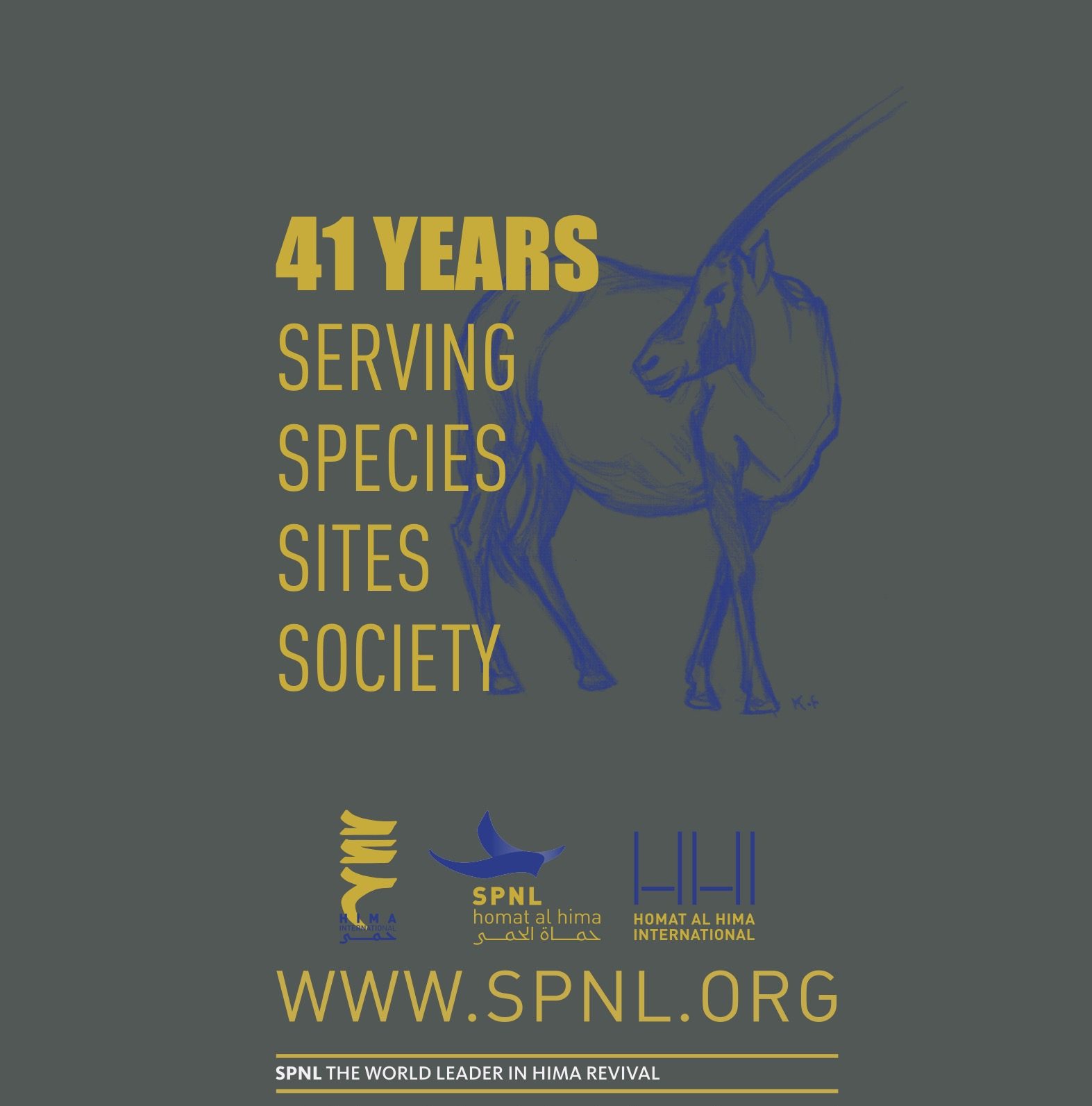A Prairie Warbler is viewed during one of the best months for bird watching on May 7, 2014 at Prospect Park in the Brooklyn borough of New York City. Hundreds of bird watchers or “birders” congregate in Prospect Park and Manhattan’s central Park for the annual migration of birds that occurs each Spring. Despite its urban environment, New York City is located at a geographic nexus of the Atlantic Flyway bird migration route which results in over 200 different species of birds frequenting the New York City metropolitan area. Spencer Platt/Getty Images/AFP
Lowell Taubman looks for birds during one of the best months for bird watching on May 7, 2014 at Prospect Park in the Brooklyn borough of New York City. Hundreds of bird watchers or “birders” congregate in Prospect Park and Manhattan’s central Park for the annual migration of birds that occurs each Spring. Despite its urban environment, New York City is located at a geographic nexus of the Atlantic Flyway bird migration route which results in over 200 different species of birds frequenting the New York City metropolitan area. Spencer Platt/Getty Images/AFP
 Lowell Taubman and his wife Robin look for birds during one of the best months for bird watching on May 7, 2014 at Prospect Park in the Brooklyn borough of New York City. Hundreds of bird watchers or “birders” congregate in Prospect Park and Manhattan’s central Park for the annual migration of birds that occurs each Spring. Despite its urban environment, New York City is located at a geographic nexus of the Atlantic Flyway bird migration route which results in over 200 different species of birds frequenting the New York City metropolitan area. Spencer Platt/Getty Images/AFP
Lowell Taubman and his wife Robin look for birds during one of the best months for bird watching on May 7, 2014 at Prospect Park in the Brooklyn borough of New York City. Hundreds of bird watchers or “birders” congregate in Prospect Park and Manhattan’s central Park for the annual migration of birds that occurs each Spring. Despite its urban environment, New York City is located at a geographic nexus of the Atlantic Flyway bird migration route which results in over 200 different species of birds frequenting the New York City metropolitan area. Spencer Platt/Getty Images/AFP
 Elizabeth, who did not want to use her last name, looks for birds with friends during one of the best months for bird watching on May 7, 2014 at Prospect Park in the Brooklyn borough of New York City. Hundreds of bird watchers or “birders” congregate in Prospect Park and Manhattan’s central Park for the annual migration of birds that occurs each Spring. Despite its urban environment, New York City is located at a geographic nexus of the Atlantic Flyway bird migration route which results in over 200 different species of birds frequenting the New York City metropolitan area. Spencer Platt/Getty Images/AFP
Elizabeth, who did not want to use her last name, looks for birds with friends during one of the best months for bird watching on May 7, 2014 at Prospect Park in the Brooklyn borough of New York City. Hundreds of bird watchers or “birders” congregate in Prospect Park and Manhattan’s central Park for the annual migration of birds that occurs each Spring. Despite its urban environment, New York City is located at a geographic nexus of the Atlantic Flyway bird migration route which results in over 200 different species of birds frequenting the New York City metropolitan area. Spencer Platt/Getty Images/AFP
 Kevin Brooks looks for birds during one of the best months for bird watching on May 7, 2014 at Prospect Park in the Brooklyn borough of New York City. Hundreds of bird watchers or “birders” congregate in Prospect Park and Manhattan’s central Park for the annual migration of birds that occurs each Spring. Despite its urban environment, New York City is located at a geographic nexus of the Atlantic Flyway bird migration route which results in over 200 different species of birds frequenting the New York City metropolitan area. Spencer Platt/Getty Images/AFP
Kevin Brooks looks for birds during one of the best months for bird watching on May 7, 2014 at Prospect Park in the Brooklyn borough of New York City. Hundreds of bird watchers or “birders” congregate in Prospect Park and Manhattan’s central Park for the annual migration of birds that occurs each Spring. Despite its urban environment, New York City is located at a geographic nexus of the Atlantic Flyway bird migration route which results in over 200 different species of birds frequenting the New York City metropolitan area. Spencer Platt/Getty Images/AFP
 A Prairie Warbler is viewed during one of the best months for bird watching on May 7, 2014 at Prospect Park in the Brooklyn borough of New York City. Hundreds of bird watchers or “birders” congregate in Prospect Park and Manhattan’s central Park for the annual migration of birds that occurs each Spring. Despite its urban environment, New York City is located at a geographic nexus of the Atlantic Flyway bird migration route which results in over 200 different species of birds frequenting the New York City metropolitan area. Spencer Platt/Getty Images
A Prairie Warbler is viewed during one of the best months for bird watching on May 7, 2014 at Prospect Park in the Brooklyn borough of New York City. Hundreds of bird watchers or “birders” congregate in Prospect Park and Manhattan’s central Park for the annual migration of birds that occurs each Spring. Despite its urban environment, New York City is located at a geographic nexus of the Atlantic Flyway bird migration route which results in over 200 different species of birds frequenting the New York City metropolitan area. Spencer Platt/Getty Images
 An Orange Oriole is viewed during one of the best months for bird watching on May 7, 2014 at Prospect Park in the Brooklyn borough of New York City. Hundreds of bird watchers or “birders” congregate in Prospect Park and Manhattan’s central Park for the annual migration of birds that occurs each Spring. Despite its urban environment, New York City is located at a geographic nexus of the Atlantic Flyway bird migration route which results in over 200 different species of birds frequenting the New York City metropolitan area. Spencer Platt/Getty Images/AFP
An Orange Oriole is viewed during one of the best months for bird watching on May 7, 2014 at Prospect Park in the Brooklyn borough of New York City. Hundreds of bird watchers or “birders” congregate in Prospect Park and Manhattan’s central Park for the annual migration of birds that occurs each Spring. Despite its urban environment, New York City is located at a geographic nexus of the Atlantic Flyway bird migration route which results in over 200 different species of birds frequenting the New York City metropolitan area. Spencer Platt/Getty Images/AFP
 A female cardinal is viewed during one of the best months for bird watching on May 7, 2014 at Prospect Park in the Brooklyn borough of New York City. Hundreds of bird watchers or “birders” congregate in Prospect Park and Manhattan’s central Park for the annual migration of birds that occurs each Spring. Despite its urban environment, New York City is located at a geographic nexus of the Atlantic Flyway bird migration route which results in over 200 different species of birds frequenting the New York City metropolitan area. Spencer Platt/Getty Images/AFP
A female cardinal is viewed during one of the best months for bird watching on May 7, 2014 at Prospect Park in the Brooklyn borough of New York City. Hundreds of bird watchers or “birders” congregate in Prospect Park and Manhattan’s central Park for the annual migration of birds that occurs each Spring. Despite its urban environment, New York City is located at a geographic nexus of the Atlantic Flyway bird migration route which results in over 200 different species of birds frequenting the New York City metropolitan area. Spencer Platt/Getty Images/AFP







